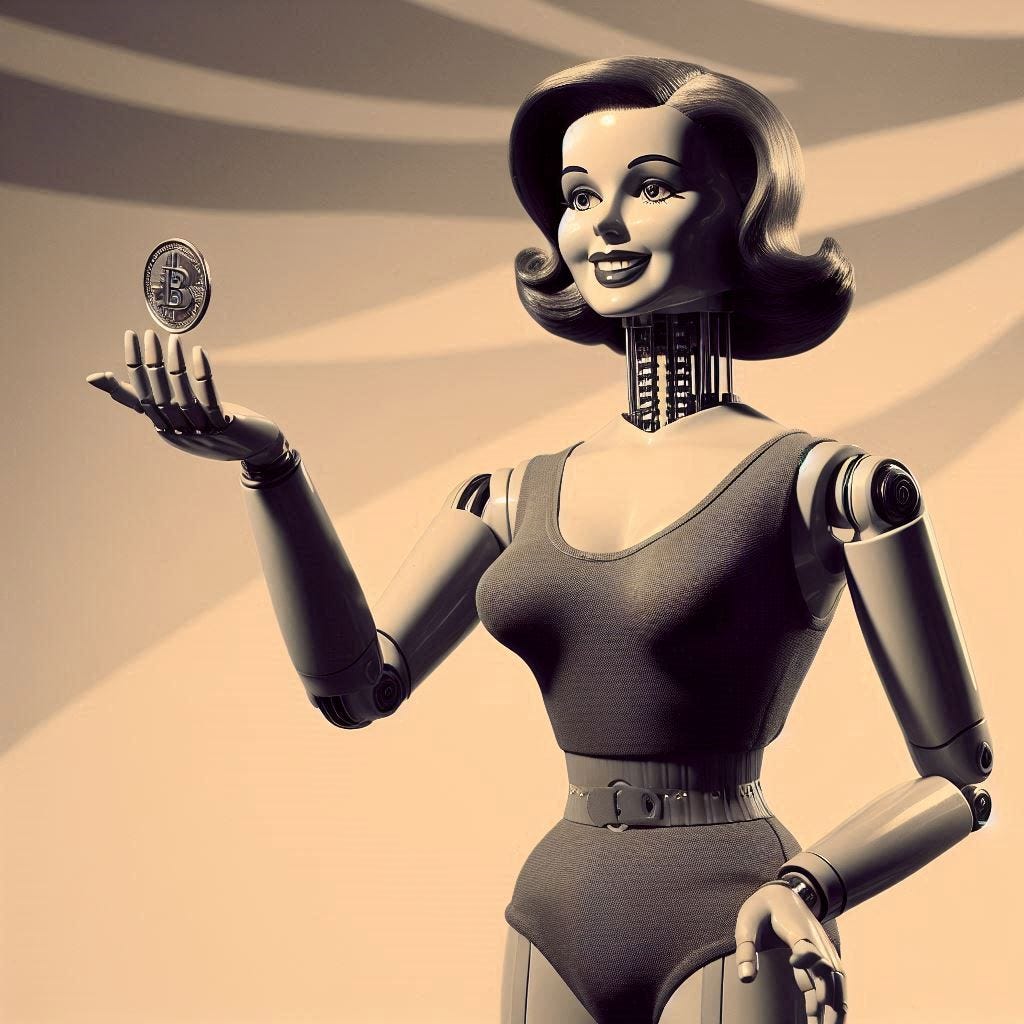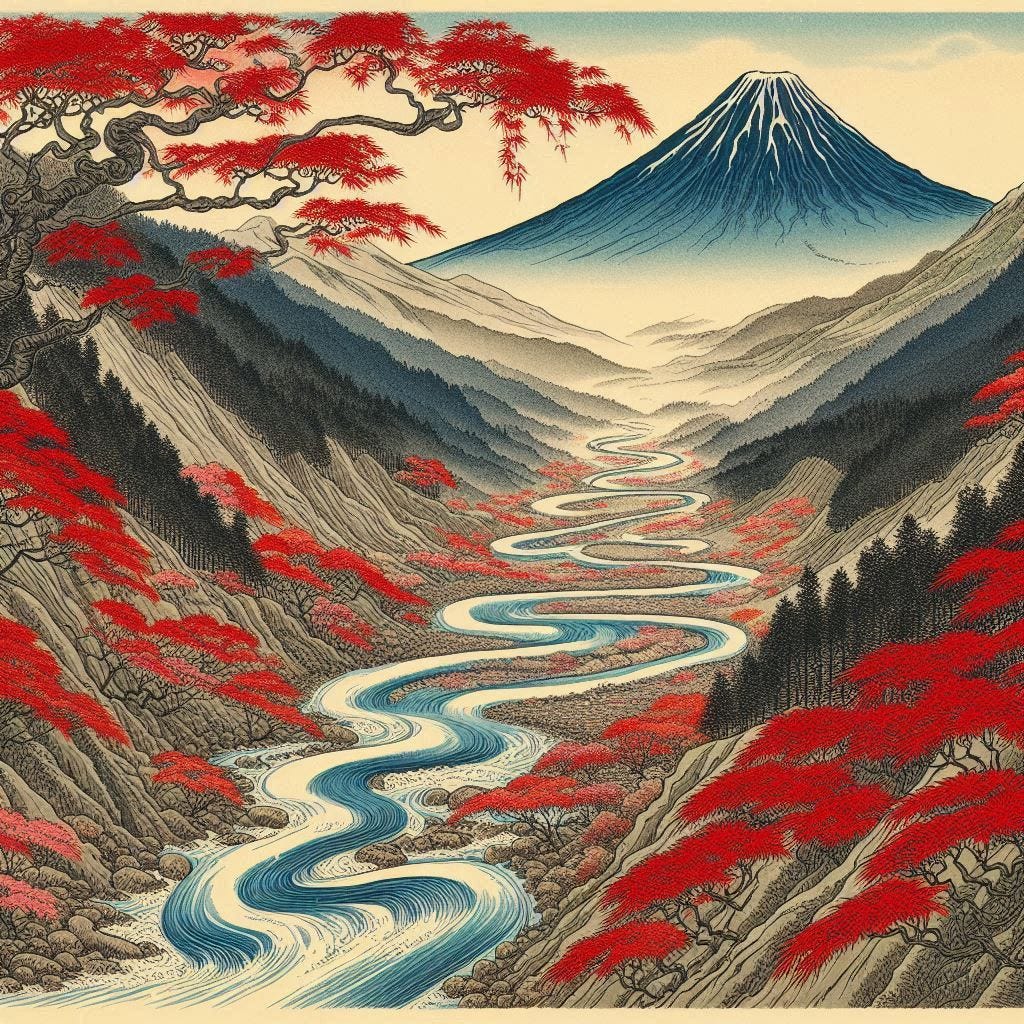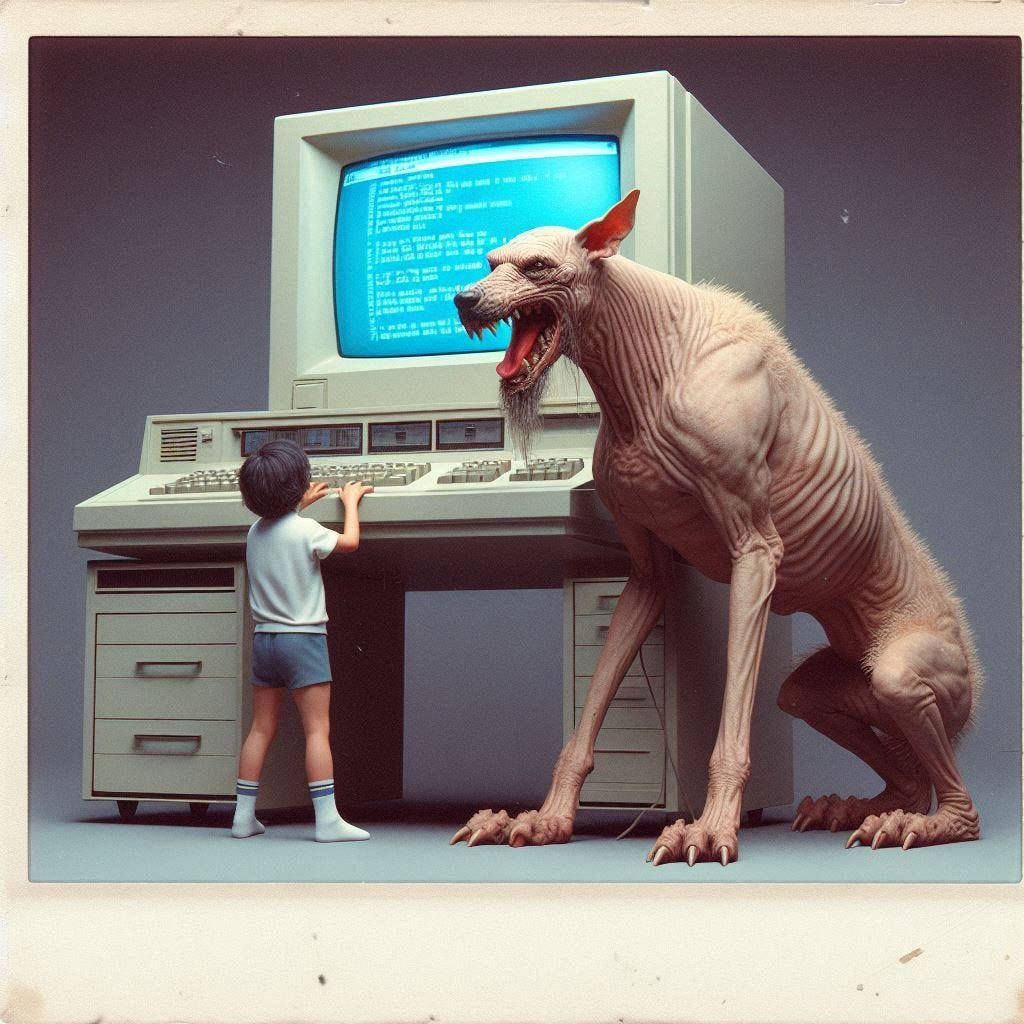I don’t write this post lightly; this has been churning around in my head for some time now, a kind of gadfly burrowing into my brain, so please bear with me as I lay out my argument.
How it works with youngsters.
The best place to start is to consider how we attempt to introduce our kids to activities that may enrich their lives and open whole new worlds to them.
Opportunities for youngsters are presented like a buffet laid out before them by well-intentioned parents. The thinking tends to be; throw all these ‘opportunities’ at the wall and see which one sticks. A messy spaghetti smorgasbord of gym classes, hockey clubs, tennis, gymnastics, dance classes, football, etc, etc. Surely little Jenny or Johnny will find the one activity that floats their boat and allows their talents to rise?
It’s what all responsible parents do; the first steps towards the potential for human fulfilment.
For adults?
I don’t think that stops at childhood. Autonomous adults who no longer have their parent’s well-intended regime imposed upon them reach working age often find themselves searching around for that special ‘something’ that ticks all the boxes, frequently without any real idea of what those boxes are.
As an adult, if you decide to ‘take a class’ in martial arts, is it just that? Identical to taking an aerobics or yoga class?
You turn up, you pay your money, the instructor, with customer service at the back of his/her mind, greets you with a smile. Then, you might be flushed with initial excitement at the novelty (for it may well be novelty you are seeking?) and then just fade away and move on to something else.
The sad thing is that consumer culture has certain inevitable sets of rules and expectations; it’s all designed for you to dip in and dip out. Why should martial arts be any different?
Maybe there is more going on – things that don’t align with the consumer mindset?
If you decide to become involved with a traditional Japanese martial art, the system that you might have ‘dipped your toe into’ could easily be a different beast altogether. In this scenario it is possible that other priorities come to the fore that don’t fit easily with the buyer’s market of the aerobics or yoga classes.
To my mind, this begs the questions which are at the crux of where I am coming from; are you a consumer or a devotee? Are you a customer or a custodian? There is a difference.
For consumers, the aerobics/yoga classes are transactional arrangements. The instructor standing in front of you offers a service that you might want to avail yourself of, at least for a while, a bit like taste testing different cheeses at a newly-discovered deli. You are the buyer sampling the wares; the shopkeeper is hoping that you are going to become a dedicated customer.
However, underpinning the traditional martial arts there is the consideration of a timeline that not only reaches back into the past but also towards a theoretical future. Is it perhaps too extreme to describe this as the elephant in the room?
Your Ryu, your stream from the past into the future.
This is where Memes come in… to explain.
Martial arts as ‘Memes’, the Richard Dawkins version (not the coopted word that the Internet seems to have stolen).
Just to explain. In 1976 Richard Dawkins in his book, ‘The Selfish Gene’ coined the word ‘meme’ to mean how a concept, idea or system is spread (gene-like) generationally by imitation or tradition. This can include religion, philosophy, or even skills-based knowledge, of which I would include the older schools of the martial arts.
Genes as ideas.
To get into the details and the structures of the martial arts, the ones that are passed down generationally; you could say that these traditions/memes can be gifted with blessings, or blighted by curses. To explain what those are is at the root of my argument here.
The blessings.
The accumulated practical knowledge acquired across the generations creates a storehouse of wisdom and experience that is hard-won. If these positive attributes originate from the ‘down and dirty’ skills of hardened battlefield veterans then their wisdom is immeasurably valuable to future generations.
Add to that, if they are passed through the hands of truly enlightened and experienced torch-bearers, who can systemise and supercharge these experiences in a way that can be handed down to a dedicated and eager body of students, then what you have is a stream/tradition/ryuha that has genuine value.
It would be remiss of me not to acknowledge that some of these older traditions cannot really be used as ‘the art of war’, particularly the ones involving antiquated weaponry; but, there is a greater depth involved, one that adds immeasurable value beyond mere mechanical practicality. Within the discipline lays a whole catalogue of principles, ethics, philosophies and the vehicle for human fulfilment.
This is the upside – this is what happens when things are going well.
The curses.
Here is the downside:
A fable for the modern age.
It is said that in the long distant future, all of humanity will be condensed into one giant AI computer, attended by a man and a dog. But why these last two? The raw facts are that the man is there to feed the dog and the dog is there to stop the man messing with the machine.
When humans get their hands on things then they are inclined to go wrong; for all of those very human reasons. That includes martial arts systems.
Several things can happen, one is that form degenerates into rigid formalism, deference easily turns into slavish serfdom, hierarchical structures can be blighted by tyranny. And, the list goes on. Truth is that we are really good at screwing things up.
I haven’t even mentioned complacency, snobbish elitism, the cult of the personality; these are all things that can kill off a solid tradition, even if it has been around for hundreds of years.
But, who is responsible to make sure this stuff doesn’t happen? Well, it’s a very simple equation.
Yes, the buck stops with the leaders; but that’s only half of the conversation; they cannot function, cannot create momentum without you, dear reader.
The reality gap.
Let’s get realistic here; the marketplace is full of ‘martial arts’ and the newbie, the ill-informed punter, assumes that they all work in the same way; usually governed by that one key word ‘effectiveness’. But these neophytes do not have a solid grasp on how ‘effectiveness’ works, and, to be quite honest, many martial arts instructors don’t either; they just don’t know how to measure it, they appear to make huge presumptions on the workability of what they teach. But that’s another conversation.
Clearly, there are martial arts set-ups that are run like a business, whose models are like the parts of the service industry alongside the aerobics and the yoga classes. And I fully understand, businesses are there to make money; that’s fine. Their objectives are to have over a hundred signed up members and an army of kids who dip in and dip out; if any longevity of membership comes out of it, it’s a bonus.
To return to the theme:
It boils down to this…
Types:
You can be a ‘dip in, dip out’ type of martial artist.
You can be a ‘shop around and sample’ guy, (the worst of whom are the ones who convince themselves that they are getting a broad experience that somehow makes them a jack of all trades).
You can even be a ‘I am just a simple foot soldier, whose presence is meaningless in the grand tradition of the martial art that I somehow seem to be loosely connected to’.
I will be honest; it is that last guy that worries me the most.
He/she is the grist of the mill, the salt of the earth, the meekness that shall inherit; but somehow fails to either see it; or step up and be the man/woman that is needed. A valuable torchbearer, a custodian of a tradition.
They seem to miss the fact that even in this day and age there is a responsibility that needs to be shouldered, a challenge to be met, a duty to be lived up to and yes…. even a debt of gratitude to be paid to those past masters who dedicated their whole being to propagating a tradition that YOU reap the benefit of.
Conclusions.
At the end of all this I want to condense this down into a series of points:
· Know the difference between the various working models of the martial arts you choose to engage with. These boil down into two simplified forms; the ones that are designed to treat you as consumers and the ones that focus on ideas of, depth, tradition, legacy and custodianship.
· Be honest about what you want from your martial arts training. Understand what actually ticks your boxes, and, crucially what is the best fit for both you and the tradition you enter into. Otherwise, everyone is just wasting their time.
· The ‘martial arts as a business’ model will always survive, because it’s a business, and to get it wrong, you don’t have to be a bad martial artist just a bad businessman.
· The other model has a harder time surviving because either (a) they are not skilled in the art of explaining and marketing themselves, or (b) their most attractive and worthy qualities are hidden behind complexities and arcane practices that have no equivalent in the modern age; hence, no point of reference to grasp. Or, a combination of both.
· The latter category; the traditionalists (not the business model) are only going to thrive if those who sign up actually keep turning up. They will collapse if people take the attitude of ‘dipping in and dipping out’. I can hear it now, “Oh, that’s strange, the Dojo was there when I was last here eight weeks ago, and now it seems to have closed… I wonder why that is?” Well, take a guess Sherlock.
To finish, I will paraphrase JFK, ‘ask not what your Ryu can do for you, but what you can do for your Ryu’.
For anyone interested in how the Koryu people think on this subject, read this very blunt short essay by Dave Lowry: The take-away comment is, ‘I don’t care about you’. https://shutokukan.org/join-the-ryu/









I think this is a really important article. Thank you! 🙏 It resonates strongly with what I’ve observed, especially when I look at how many Aikido dojos we had in Germany during the 80s and 90s compared to today. And I’m sure it’s a similar story for Karate and other traditional arts in most countries.
When I hear people say they don't have time for a regular commitment, that showing up once, let alone twice, a week at a fixed time is too much, I really wonder where this will leave the martial arts in a few decades.
I do hope there might eventually be a revival, once people realize that in an increasingly chaotic world, having something steady - something that connects them deeply to their body and to a tradition - is exactly what they need to feel grounded.
But seeing how Yoga adapted into a "hop-on, hop-off" class model, I’m unsure how that revival could happen, or whether traditional martial arts can resist that same consumer-driven trend. Still, I believe it’s worth trying to keep the flame alive.